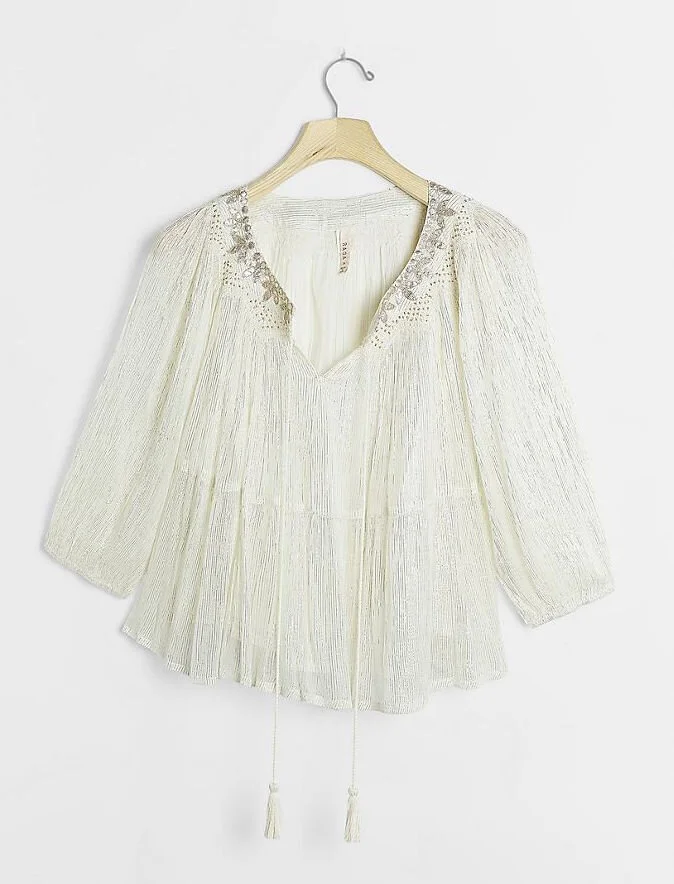How Ethnic Trends Are Creeping Into Mainstream Fashion
by Zara Khan
On a trip to Pakistan one year ago, my mom brought back Peshawari chappal - a traditional sandal of Pakistan worn generally by the Pashtun people from Pakhtunkhwa. The shoes are recognized significantly by the two wide straps crossing each other in the front of the shoe. The shoe is more traditionally made with original leather, but now has become a sensation in different styles and designs. Threads of golden, silver, and pink hues work to create truck art, flowers, and colorful embroidery creating cultural elegance all over Pakistan.
These shoes are becoming quite a sensation, a few instagram scrolls and you’ll notice people wearing Caplait shoes - designer Peshawari chappals retailing for $200.00 and up. Christian Louboutin launched the “Imran” sandal as well - but not without backlash. However, this is not new, in 2014 Paul Smith’s copied design of the chappal went viral and people were mad. Later the shoes were mentioned to be inspired by the Peshawari chappal.
photo: @caplaitshoes
The Peshawari chappal is iconic and has gone through so much in the past years. However, this is not new in the world of western fashion. A scroll through websites like Anthropologie and Free People - and you might find inspired pieces with work detailing coming from the origins of Pakistan and India. Look closely at this Anthropologie top and check out the neckline. The neckline resembles “gotay ka kaam,” better translated embroidered work that is a staple to Pakistan and India in their formal wear clothing.
Cultures and countries from all over the world have been incorporated into mainstream fashion now - it is important to know where these clothes have been inspired from - whether it’s designers paying tribute to their roots or corporate companies acknowledging their gratitude for these ideas. Collectively, we need to recognize the clothes we place on our bodies stem from all over the world and this is incredible, fascinating, and should place a respect in our hearts for other places.











